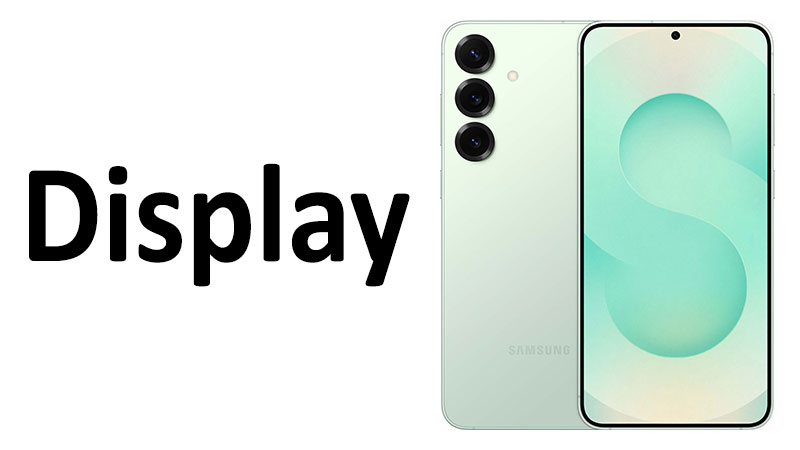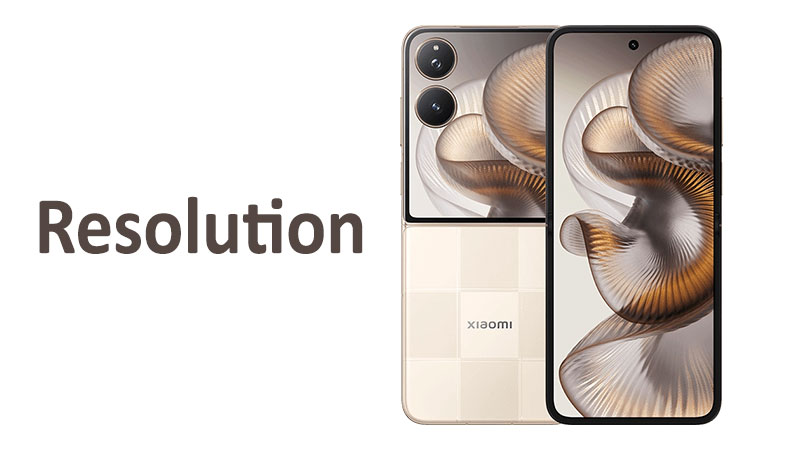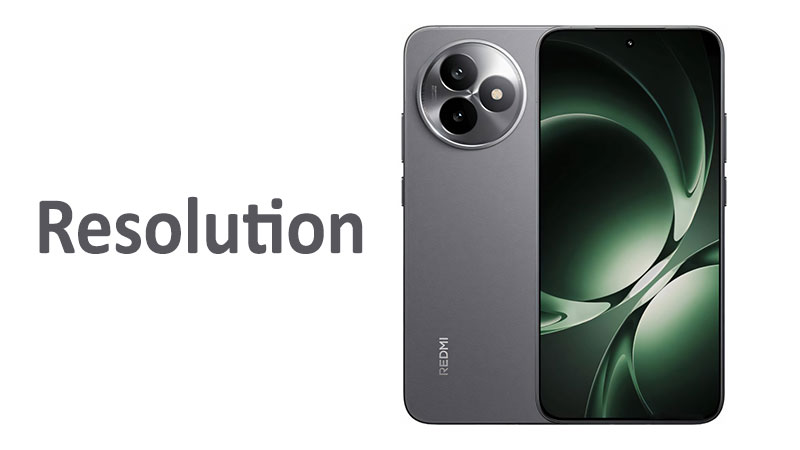The Samsung Galaxy S25 Plus display is a centerpiece of this flagship device. It defines the entire user experience. Samsung displays consistently set the industry benchmark. This screen integrates cutting-edge technology to deliver superior visual quality, smoothness, and brightness. Understanding the specifications, from the Dynamic LTPO AMOLED 2X panel to its high resolution, is essential for any potential buyer. This article provides a comprehensive review. We will explore the technical brilliance of the S25 Plus screen. We will also analyze its real-world performance and competitive advantages.
Technical Specifications and Display Type
The Samsung Galaxy S25 Plus features a powerhouse of screen technology. It utilizes Samsung’s most advanced panel type. This panel ensures clarity, color accuracy, and incredible energy efficiency. These core specifications elevate the phone’s visual output far beyond standard mobile screens.
Dynamic LTPO AMOLED 2X Panel Explained
The Dynamic LTPO AMOLED 2X is the fundamental technology behind the S25 Plus display. AMOLED stands for Active-Matrix Organic Light-Emitting Diode. This means each pixel generates its own light. This results in perfect blacks and infinite contrast ratios.
The “2X” designation refers to Samsung’s proprietary tuning and calibration. This tuning pushes the display’s color volume and accuracy to professional levels. Crucially, the LTPO (Low-Temperature Polycrystalline Oxide) component is the key to energy efficiency. LTPO allows the screen’s refresh rate to vary dynamically. This variation saves significant battery life. For example, the refresh rate can drop to as low as 1Hz when viewing static content. It instantly ramps up for demanding tasks.
Screen Size and Immersion
The Galaxy S25 Plus features a 6.7-inch display. This screen size provides an excellent balance. It is large enough for immersive media consumption and gaming. Yet, it remains manageable for daily use. The overall screen area is approximately 110.2 cm2.
The screen-to-body ratio is highly optimized, sitting at around 91.8%. This high ratio maximizes the viewing area. It minimizes surrounding bezels. This design creates a truly immersive visual experience. When you watch movies or play games, the image appears to float in your hand. This near edge-to-edge design is a hallmark of modern premium smartphones.
Protection and Durability
The Galaxy S25 Plus display is protected by Corning Gorilla Glass Victus 2. This is one of the toughest glass compositions available for smartphones. It offers exceptional resistance against scratches and accidental drops.
The glass is rated at Mohs hardness level 5. This provides good defense against daily wear and tear. However, users should know that modern phone screens are more resistant to scratches from keys. They are still susceptible to micro-scratches from harder materials like sand. Gorilla Glass Victus 2 significantly enhances durability. It helps to keep the display looking pristine over the phone’s lifespan.
Resolution, Pixel Density, and Visual Quality
The clarity of the Samsung Galaxy S25 Plus display is outstanding. Its combination of high resolution and screen size results in superb pixel density. This density ensures that all content is sharp and detailed.
Quad HD+ Resolution
The S25 Plus boasts a high resolution of 1440 x 3120 pixels. This is often referred to as Quad HD+ or WQHD+. This resolution is a major advantage for detail. It provides four times the pixels of a standard HD display. The display maintains a 19.5:9 ratio. This cinematic aspect ratio is perfect for streaming modern movies and videos.
This high resolution delivers exceptional visual fidelity. Text appears smooth and crisp. Images show intricate detail. Fine lines in graphics and games are rendered with precision. While the phone often defaults to a lower resolution to save battery, users can easily activate the full resolution in the settings. This flexibility is a key benefit.
Pixel Density (PPI) and Sharpness
With its 1440 x 3120 resolution packed into a 6.7-inch screen, the S25 Plus achieves a pixel density of approximately 513 ppi (pixels per inch). This density is extremely high. It ensures that individual pixels are virtually invisible to the naked eye.
This level of sharpness makes the display appear more like printed media than a digital screen. The high ppi is especially important for detail-oriented tasks. For example, editing high-resolution photos or viewing dense spreadsheets benefits greatly. This pixel density is a significant upgrade over many competitors that settle for lower resolutions. It provides a noticeable visual advantage in clarity.
Specialized Comparison: S25 Plus vs. Galaxy S24 Plus Resolution
The Galaxy S25 Plus maintains the high-resolution standard set by its predecessor, the Galaxy S24 Plus. The S24 Plus also featured a high-resolution display. However, Samsung continually optimizes its panel technology. The S25 Plus likely offers subtle improvements in sub-pixel arrangement and panel uniformity.
Crucially, the S25 Plus continues the important trend of offering Quad HD+ on the Plus model. This used to be a feature often reserved for the higher-end Ultra models. Now, buyers of the S25 Plus get a premium resolution without needing to upgrade to the top-tier device. This democratization of resolution is a huge win for consumers.
Refresh Rate, Brightness, and User Experience
Two key metrics define the modern smartphone display experience: refresh rate and brightness. The Samsung Galaxy S25 Plus excels in both areas. It provides ultra-smooth motion and unmatched visibility outdoors.
120Hz Adaptive Refresh Rate
The S25 Plus features a 120Hz adaptive refresh rate. Refresh rate refers to how many times the image on the screen updates per second. A 120Hz rate updates the screen 120 times per second. This is double the rate of a standard 60Hz display. The result is incredibly smooth motion.
This smoothness is most noticeable when scrolling through social media feeds. It also drastically improves the feel of competitive mobile gaming. The adaptive nature, enabled by LTPO technology, is the smart part. The display automatically switches between 1Hz and 120Hz. This ensures maximum smoothness when needed. At the same time, it prevents unnecessary battery drain when viewing static text.
PWM Dimming and Eye Comfort
Pulse Width Modulation (PWM) is the technique used by OLED screens to control brightness. The Galaxy S25 Plus utilizes a high-frequency 480Hz PWM dimming rate. PWM works by rapidly flickering the display on and off. Slower PWM frequencies can sometimes cause eye strain or headaches for sensitive users.
The 480Hz rate is much faster than many older displays. This higher frequency minimizes the visible flicker. It also improves overall eye comfort during prolonged use. This is a critical detail for users who spend many hours looking at their phone screen. Samsung prioritizes eye safety with this high dimming frequency.
Peak Brightness and Outdoor Visibility
Brightness is a vital specification for outdoor use. The Galaxy S25 Plus boasts an impressive peak brightness of 2600 nits. A nit is a unit of luminance. This incredibly high peak brightness is usually reserved for small areas of the screen. It activates when viewing HDR content or under direct sunlight.
This high nit count is a game-changer for outdoor visibility. Even on a sunny day, the screen remains perfectly readable. The high brightness also enhances the visual impact of HDR content. It provides brilliant highlights in videos and photos. The 2600 nits peak brightness places the S25 Plus among the industry leaders for screen luminosity.
High Dynamic Range (HDR) and Color Fidelity
Beyond basic resolution and brightness, the display’s ability to render color and contrast is paramount. The Samsung Galaxy S25 Plus is a master of color fidelity. It supports advanced HDR standards for cinematic content.
HDR10+ Certification
The S25 Plus display is certified for HDR10+. HDR stands for High Dynamic Range. It allows the screen to display a much wider range of luminance and color. This makes the image look significantly more lifelike and detailed.
HDR10+ is an advanced HDR standard. It uses dynamic metadata to adjust brightness and color frame-by-frame. This optimization ensures that every scene in a movie or show is rendered perfectly. For users who stream content from platforms like Amazon Prime Video, the HDR10+ support is a major viewing upgrade. It reveals detail in both the brightest highlights and the darkest shadows.
Color Accuracy and Volume
Samsung’s AMOLED panels are famous for their color accuracy. The S25 Plus panel covers wide color gamuts, such as DCI-P3. This gamut is the standard for digital cinema projection.
The display can render billions of colors with extreme precision. The color volume is also outstanding. Color volume describes how bright colors can get. The high peak brightness ensures that colors remain vibrant and accurate even at maximum luminosity. For photographers and designers, this color fidelity is essential for professional work on the go. The S25 Plus offers two main color modes. One mode provides punchy, saturated colors. The other mode offers color-accurate natural tones.
Specialized Comparison: S25 Plus vs. Competitors (Apple and Google)
The S25 Plus display holds a powerful position against key rivals like the Apple iPhone Pro and the Google Pixel Pro series.
Apple’s Pro displays are known for their exceptional color calibration and consistency. They also use LTPO technology. Google’s Pro displays are excellent, often prioritizing natural color reproduction. The S25 Plus competes fiercely by offering a higher peak brightness. Its 2600 nits often surpass its rivals in direct sunlight visibility. Furthermore, the inclusion of Quad HD+ resolution is a resolution advantage over some standard flagship models. Samsung’s panel is arguably the most feature-rich, providing the best combination of resolution, brightness, and color.
Pros, Cons, and Buyer’s Key Takeaways
The Samsung Galaxy S25 Plus display is a technological triumph. However, buyers should be aware of both its advantages and its minor drawbacks.
Advantages of the S25 Plus Display
The benefits of the S25 Plus screen are numerous and impactful for daily use.
- Exceptional Brightness: The 2600 nits peak brightness ensures perfect visibility even in harsh sunlight.
- Ultimate Smoothness: The 120Hz adaptive refresh rate provides a fluid and immediate user experience.
- Perfect Contrast: Dynamic LTPO AMOLED 2X technology delivers perfect blacks and an infinite contrast ratio.
- Superior Detail: The 1440 x 3120 Quad HD+ resolution results in a stunning 513 ppi density.
- Future-Proof Durability: Corning Gorilla Glass Victus 2 provides robust protection against scratches and drops.
Disadvantages and Considerations
No technology is without minor trade-offs, and the S25 Plus display is no exception.
- Power Consumption at Full Resolution: While LTPO helps, running the display constantly at its full Quad HD+ resolution consumes more battery than the default FHD+ setting.
- Color Saturation Preference: Samsung’s default color tuning tends to be vivid. Some users may prefer a more muted, natural look. This requires adjustment in the settings.
- Risk of Burn-in: Like all OLED screens, there is a small, long-term risk of burn-in. However, modern technology, especially LTPO, has largely mitigated this concern.
Key Takeaways for Buyers
Buyers should prioritize the screen’s features based on their primary use case.
- Prioritize Visibility: If you spend significant time outdoors, the 2600 nits brightness is a non-negotiable feature.
- Toggle Resolution: To maximize battery life, understand that you can switch between the default FHD+ and the sharper Quad HD+ resolution.
- Appreciate Smoothness: The 120Hz refresh rate is not a gimmick. It is the single most important factor for improving the feel of daily phone interaction.
- Confirm HDR Content: Ensure your preferred streaming services support HDR10+ to fully benefit from the phone’s exceptional dynamic range capabilities.
Conclusion
The Samsung Galaxy S25 Plus display is a clear evolution of mobile screen technology. Its Dynamic LTPO AMOLED 2X panel sets a high bar for the entire smartphone industry. The combination of 1440 x 3120 Quad HD+ resolution and 513 ppi density guarantees stunning sharpness. The 120Hz adaptive refresh rate provides unparalleled smoothness. Furthermore, the 2600 nits peak brightness ensures excellent visibility in any lighting condition.
Samsung has successfully balanced performance with efficiency using LTPO technology. This results in a display that is both visually magnificent and battery-conscious. The inclusion of durable Corning Gorilla Glass Victus 2 also gives the user peace of mind. The S25 Plus screen is a masterpiece of engineering. It offers a viewing experience that rivals dedicated professional monitors. For anyone seeking the best possible screen quality on a large-format smartphone, the Galaxy S25 Plus display is the definitive choice.
FAQ
What is the screen size of the Samsung Galaxy S25 Plus?
The screen size of the Samsung Galaxy S25 Plus is 6.7 inches diagonally.
What is the maximum brightness of the S25 Plus display?
The S25 Plus display has a peak brightness that can reach up to 2600 nits. This ensures excellent outdoor visibility.
Does the S25 Plus have an adaptive refresh rate?
Yes, it features a 120Hz adaptive refresh rate. LTPO technology allows the rate to dynamically adjust from 1Hz up to 120Hz.
What resolution is the Galaxy S25 Plus screen?
The display resolution is 1440 x 3120 pixels. This is known as Quad HD+ resolution, resulting in about 513 ppi density.
What protects the Samsung Galaxy S25 Plus screen?
The screen is protected by Corning Gorilla Glass Victus 2. This durable glass provides high resistance against scratches and drops.



